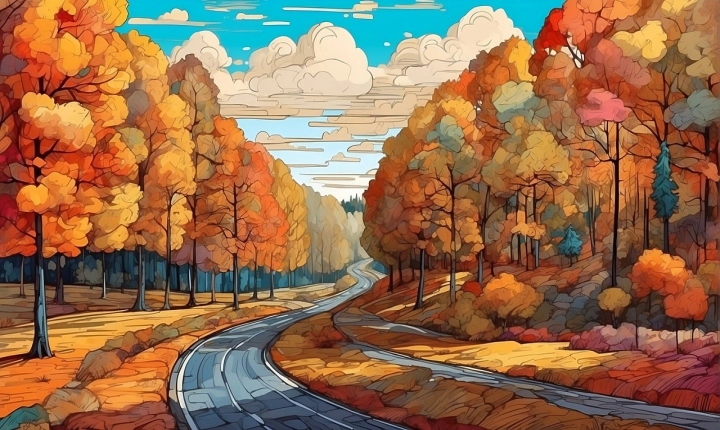Does the AI Filter Really Show Ghosts?
In recent times, a popular trend has emerged on social media where users claim to have captured ghostly images using AI filters. These images often show eerie, translucent figures superimposed on photos, with many users believing that these are actual manifestations of ghosts and spirits. However, the question remains – does the AI filter really show ghosts, or is there a more rational explanation for these so-called apparitions?
The AI filter phenomenon gained traction with the widespread use of applications that utilize augmented reality (AR) and artificial intelligence (AI) to create various visual effects. Users can use these filters to add virtual elements to their photos and videos, such as animal ears and noses, quirky accessories, and animated effects. However, the spooky trend of capturing ghostly figures has taken the internet by storm, leading many to speculate about the supernatural origins of these images.
Skeptics and technological experts, however, point to a more plausible explanation for these ghostly apparitions. It is widely believed that these images are simply the result of glitches and errors in the AI processing, rather than actual encounters with the supernatural. The algorithms used in AI filters are designed to recognize and superimpose virtual elements onto the real world environment captured by the camera. In some cases, these algorithms can misinterpret the visual data, resulting in unexpected and sometimes eerie visual effects.
Furthermore, the human brain is wired to interpret visual stimuli in a way that aligns with our expectations and beliefs. When users actively seek out ghostly figures using these AI filters, their brains may prompt them to perceive the resulting images as supernatural, even when a logical explanation exists.
In addition to technological glitches and psychological factors, the proliferation of fake and edited images on social media has made it increasingly difficult to discern the authenticity of such content. With the advancements in photo and video editing software, it has become relatively easy to fabricate convincing ghostly images that can be passed off as real encounters.
While the debate continues about the authenticity of these ghostly images captured using AI filters, it is essential to approach such claims with a healthy dose of skepticism. Critical thinking and rational analysis are crucial when evaluating extraordinary claims, especially in the digital age where hoaxes and misinformation abound.
In conclusion, it is unlikely that the AI filter truly shows ghosts in the supernatural sense. The ghostly figures captured by these filters are more likely to be the result of technical glitches, misinterpretations by the human brain, or simply the manipulation of images for the purposes of entertainment or deception. As we navigate the ever-evolving landscape of digital media, it is imperative to remain discerning and question the veracity of extraordinary claims, including those involving ghostly encounters captured through AI filters.
